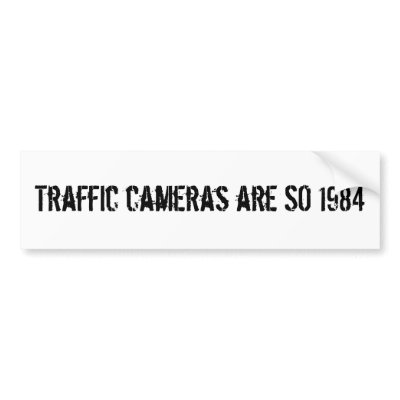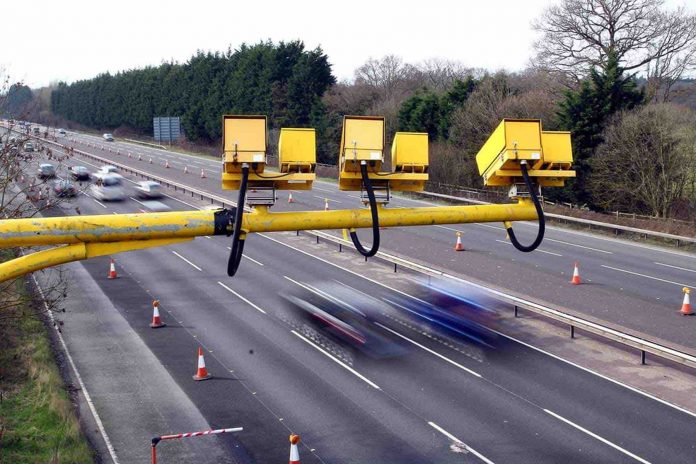The government slowly and methodically tightens the noose around our throats and no one notices or cares. Do you feel safer than you did in 2000? The Federal government was spending $1.8 trillion per year in 2000. Today they are spending $3.8 trillion, a 111% increase in 12 years. The GDP has risen from $10 trillion to $15.6 trillion over this same time frame, a 56% increase. Do you think the Federal government is twice as good as it was in 2000? Total government spending in the country (Federal, State & Local) has gone from $3.2 trillion in 2000 to $6.3 trillion today. Government spending was 32% of GDP in 2000. Today it is 40% of GDP. Has this been beneficial to the country or your life? We need to open our eyes and realize what is happening before it’s too late.


Your license plate may be an open book
Monday, October 1,2012
A CAR SAYS a lot about its owner, perhaps a lot more than the owner might suspect.
In an extensive examination of automated license-plate tracking technology, The Wall Street Journal reports that the new tracking devices have the capacity to do more than a one-shot confirmation whether a car is legally registered but over time build a picture of the driver’s habits, travel routes and destinations.
And there is now the capacity to store the information cheaply and in huge quantities. One plate-tracking company, according to the Journal, has 700 million scans on record.
As the cost of plate-tracking technology has dropped, more and more police departments are acquiring the devices — more than one-third of large U.S. police agencies in 2012 by one estimate — many of them paid for by the Department of Homeland Security.
Meanwhile, the camera and software technology to photograph and read license plates has improved dramatically.
Law enforcement agencies say they use the devices to identify stolen cars, ticket scofflaws and track the vehicles of suspected criminals.
THE PRIVACY implications are chilling, especially to the International Association of Chiefs of Police that cautioned the devices can record “vehicles parked at addiction counseling meetings, doctors’ offices, health clinics or even staging areas for protests.”
In the course of their analysis, Journal reporters Julia Angwin and Jennifer Valentino-DeVries found that data about a typical American is collected in more than 20 different ways during everyday activities.
And there is a growing capacity to match this data with credit card, cellphone location, online searches and social network databases.
The early entrant firms to the field of tag tracking were typically started by “repo men,” specialists in retrieving vehicles from deadbeats. Scott Jackson, founder of MVConnect, tells the Journal he would never sell the data his firm collects to marketers or the general public.
THAT’S NOT to say someone else won’t. One firm, Baltimore-based Final Notice Location & Recovery LLC, tells the Journal that it has amassed a database of 19 million plates in locations in Maryland and Washington, D.C. The information is given free to police, but the company tells the newspaper that it soon hopes to sell the information to jail bondsmen, process servers, insurance companies and private investigators.
Privacy stands little chance where there is an economic incentive to intrude upon it. Indeed, privacy seems more and more like a quaint notion left over from the 20th century.
— Scripps Howard News Service










